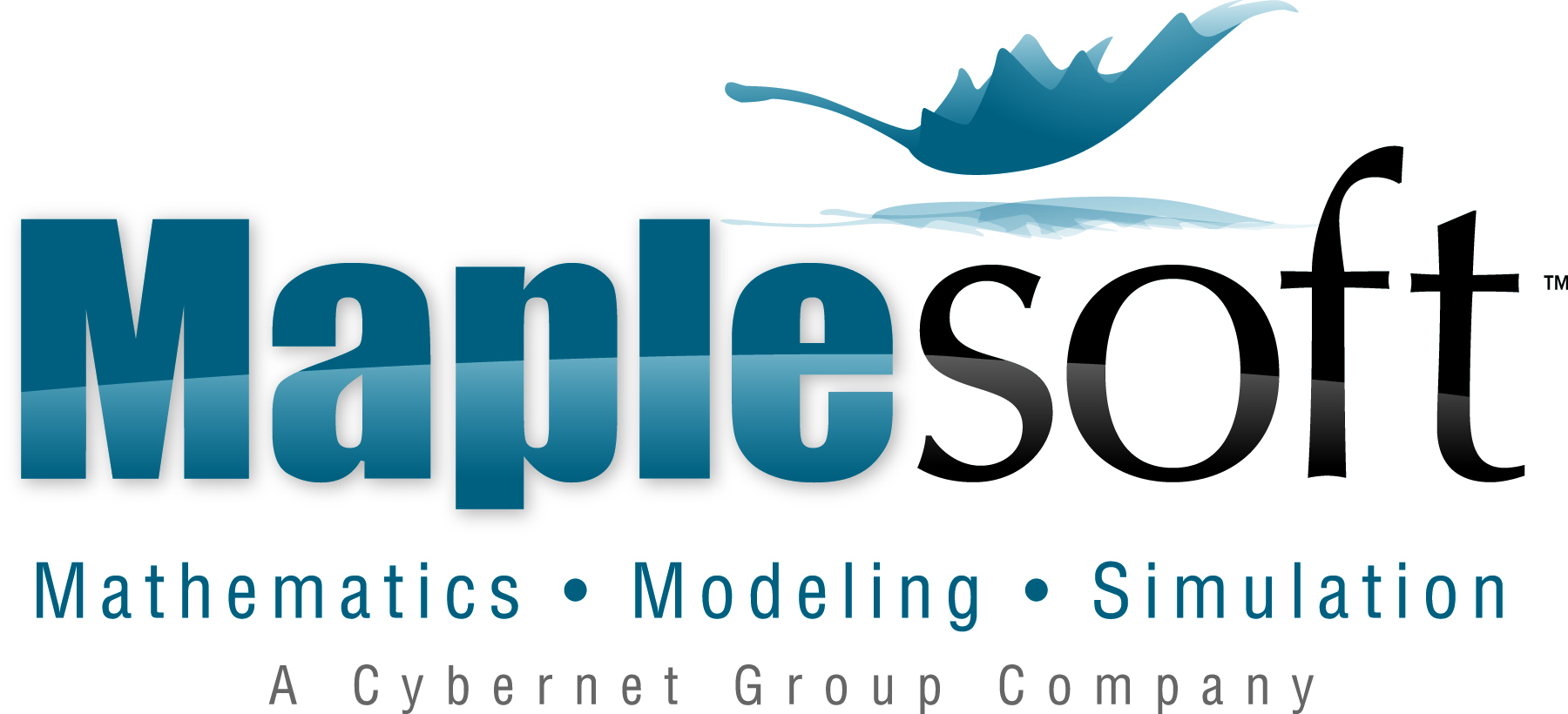Réunion d'hiver SMC 2013
Université d'Ottawa, 6 - 9 décembre 2013
Org: Ragnar-Olaf Buchweitz (Toronto), Vlastimil Dlab (Carleton) et Shiping Liu (Sherbrooke)
[PDF]
- RAYMUNDO BAUTISTA, UNAM, Mexico
- FRAUKE BLEHER, University of Iowa
Orbit closures, rational surfaces, and Euler characteristics [PDF]
- FRAUKE BLEHER, University of Iowa
-
This talk is about joint work with Ted Chinburg and Birge Huisgen-Zimmermann.
We study the Grassmannian of submodules $C$ of a given
dimension inside a finitely generated projective module $P$ for a finite dimensional algebra
$\Lambda$ over an algebraically closed field $k$. The orbit of such a submodule $C$ under the
action of $\mathrm{Aut}_\Lambda (P)$ has been considered by a number of authors.
We study the problem of bounding the geometry of the closure of this orbit in
terms of representation theoretic data. We concentrate on the case when the orbit of $C$ is an
affine plane $\mathbb{A}^2_k$.
We bound the geometry of the orbit closure of such a $C$, using
"good blow ups" of relatively minimal smooth projective surfaces,
such that the bounds only depend on $k$ and $\mathrm{dim}_k(C)$.
As a consequence we obtain that the Euler characteristic of the orbit closure of $C$
is bounded above by a function depending on $k$ and $\mathrm{dim}_k(C)$.
- CALIN CHINDRIS, University of Missouri-Columbia
Moduli spaces of modules of finite-dimensional algebras [PDF]
-
From the point of view of invariant theory, one is naturally led to think of an algebra based on the complexity of its Schur modules. In this talk, I will focus on the class of Schur-tame algebras and their moduli spaces of modules. Along the way, I will describe a general reduction technique for dealing with moduli spaces for finite-dimensional algebras. This talk is based on joint work with Andrew Carroll, Ryan Kinser, and Jerzy Weyman.
- ELEONORE FABER, University of Toronto
The global spectrum of commutative rings [PDF]
-
Motivated by algebraic geometry, one studies non-commutative analogs of non-commutative resolutions of singularities. In short, non-commutative resolutions of commutative rings R are endomorphism rings of certain R-modules of finite global dimension. However, it is not clear which values of finite global dimensions are possible, even for rings of low Krull-dimension. This leads us to consider the so-called global spectrum of a ring, that is, the set of all possible global dimensions of endomorphism rings of Cohen-Macaulay-modules.
In this talk we will address some questions connected with the global spectrum and discuss several examples coming from algebraic geometry: Leuschke's chains of endomorphism rings, which arises in the Grauert-Remmert normalization algorithm for curves and certain two-dimensional rings of finite Cohen-Macaulay representation type. This is joint work in progress with H. Dao.
- COLIN INGALLS, University of New Brunswick
Noncommutative Resolutions [PDF]
-
Noncommutative resolutions are orders that have finite global dimension. We will report on various results from several projects. Conditions for idempotent subalgebras to be finite global dimension with Charles Paquette. Noncommutative resolutions for normal commutative rings with Hailong Dao and Elenore Faber and the proof that Log centres of noncommutative crepant resolutions are log terminal with Takehiko Yasuda.
- JOEL KAMNITZER, University of Toronto
Representations of quotients of shifted Yangians [PDF]
-
We study the representation theory of certain subquotients of Yangians. These algebras of interest because they quantize slices inside affine Grassmannians. We will give some conjectures and some results concerning finite-dimensional and Verma modules for these algebras.
- ELLEN KIRKMAN, Wake Forest University
Twisted Matrix Factorizations [PDF]
-
Let $A$ be a connected graded, locally finite $k$-algebra, and let $f$ be a homogeneous, regular,
normal element of $A$ with $af = f \sigma(a)$, for $\sigma$ an automorphism of $A$.
For a finitely generated graded left $A$-module $M$, let $M^{tw}:= M^\sigma(-d)$, where $d$ is the degree of $f$ and $M^\sigma$ is the associated Zhang twist of $M$. A \emph{twisted left matrix factorization of $f$ over $A$} is an
ordered pair of maps of finitely generated graded free left
$A$-modules $(\varphi:F\rightarrow G, \tau:G^{tw}\rightarrow F)$ such
that $\varphi\tau=\lambda_f^G$ and $\tau\varphi^{tw}=\lambda_f^F$, where
$\varphi^{tw}: F^{tw} \rightarrow G^{tw}$ is the map induced by $\varphi$, and
$\lambda^M_f: M^{tw} \rightarrow M$ is the graded left $A$-module homomorphism given
by left multiplication by $f$. We show that many of the properties of matrix factorizations in commutative regular local rings extend to the setting where $A$ is a left noetherian Artin-Schelter regular ring of finite GK dimension, and we provide some examples of twisted matrix factorizations.
(Joint work with Thomas Cassidy, Andrew Conner, and W. Frank Moore)
- MARK KLEINER, Syracuse University
Integrations and functor Ext [PDF]
-
Let $\Lambda$ be a finite dimensional algebra over a field $K.$ If $M$ and $N$ are left $\Lambda$-modules, an {\em integration} of $M$ into $N$ is a $K$-linear map $f:\Lambda\underset{K}\otimes M\to N$ for which $f(\lambda_1\lambda_2\otimes x)=\lambda_1f(\lambda_2\otimes x)+f(\lambda_1\otimes\lambda_2 x).$ The reason for the name "integration" is that if one writes $\int\left(\int x\,dt\right)\,d\lambda$ for $f(\lambda\otimes x)$ and assumes that $\lambda_1,\lambda_2,$ and $x$ are functions of the independent variable $t,$ the above equation turns into the following valid formula from integral calculus:
$$\int\left(\int x\,dt\right)\,d(\lambda_1\lambda_2)=\lambda_1\int\left(\int x\,dt\right)\,d\lambda_2+\int\left(\int \lambda_2x\,dt\right)\,d\lambda_1.$$
Integrations give an alternative, simpler approach to the computation of the group $\mathrm{Ext}_\Lambda^1(M,N)$ and shed new light on almost split sequences. The notion of integration is inspired by the theory of bocses.
- FRANK MARKO, The Pennsylvania State University
Derived representation type of Schur superalgebras [PDF]
-
Assume $K$ is an algebraically closed field of characteristic $p\neq 2$ and $S(m|n,d)$ is a Schur superalgebra over $K$.
The representation type of Schur superalgebra $S(m|n,d)$ was determined by Hemmer, Kujawa and Nakano in 2006.
The derived representation type for (classical) Schur algebra $S(n,d)$ was determined by Bekkert and Futorny in 2003.
In this talk we use these results to classify the derived representation type of the Schur superalgebra $S(m|n,d)$ as follows:
a) Assume that algebra $S(m|n,d)$ is semisimple, that is, one of the following conditions is satisfied: (i) $p=0$, (ii) $d<p$, (iii) $m=n=1$ and $p$ does not divide $d$. Then $S(m|n,d)$ is of derived finite representation type.
b) If $S(m|n,d)$ is not semisimple, then $S(m|n,d)$ is of derived wild representation type.
- CHARLES PAQUETTE, University of New Brunswick
Homological dimensions of subalgebras [PDF]
-
This is joint work with Colin Ingalls. Let $A$ be a finite dimensional algebra over an algebraically closed field. Fix $e$ a primitive idempotent of $A$ and let $\Gamma$ be the subalgebra $(1-e)A(1-e)$. Finally, let $S$ be the simple $A$-module at $e$. In this talk, we study the relationship between ${\rm gl.dim.}A$, ${\rm gl.dim.}\Gamma$ and the higher self-extensions of $S$. We will present a conjecture that relates all these concepts.
- ALISTAIR SAVAGE, University of Ottawa
Categorification and Heisenberg doubles arising from towers of algebras [PDF]
-
A tower of algebras is a graded algebra such that each graded piece is itself an algebra (with a different multiplication). Classic examples include the towers of group algebras of symmetric groups, Hecke algebras of type A, and nilcoxeter algebras. It is known that the Grothendieck groups of towers of algebras satisfying some natural conditions are Hopf algebras, with the product and coproduct coming from induction and restriction functors. We will discuss how certain induction and restriction functors on the category of modules over a tower of algebras categorify the so-called Heisenberg double of the Hopf algebra associated to that tower. In addition, we prove a Stone—von Neumann type theorem in this general setting. As special cases of our categorification theorem, we recover results of Geissinger, Zelevinsky, and others (for the case of symmetric groups, where the Heisenberg double is the infinite rank Heisenberg algebra) and Khovanov (for the case of nilcoxeter algebras, where the Heisenberg double is the Weyl algebra). For the tower of 0-Hecke algebras, we obtain an algebra that we call the quasi-Heisenberg algebra. As an application of our Stone—von Neumann type theorem in this case, we obtain a new, representation theoretic, proof of the fact that the algebra of quasisymmetric functions is free as a module over the algebra of symmetric functions. This is joint work with Oded Yacobi.
- MARKUS SCHMIDMEIER, Florida Atlantic University
Box moves on Littlewood-Richardson tableaux [PDF]
-
Let $\alpha$, $\beta$, $\gamma$ be partitions.
The representation space $\mathbb V_{\alpha,\gamma}^\beta$ of short exact sequences $0\to N_\alpha\to N_\beta\to N_\gamma\to 0$ of nilpotent linear operators of Jordan types $\alpha$, $\beta$, $\gamma$, respectively, is partitioned by the LR-tableaux of shape $(\alpha,\beta,\gamma)$.
For LR-tableaux $\Gamma$, $\tilde\Gamma$, define $\Gamma\leq_{\sf closure}\tilde\Gamma$ if the corresponding varieties in $\mathbb V_{\alpha,\gamma}^\beta$ satisfy $\mathbb V_{\tilde\Gamma}\cap \overline{\mathbb V}_\Gamma\neq\emptyset$. It turns out that the closure relation is a preorder (i.e.\ reflexive and anti-symmetric).
We present a combinatorial conjecture regarding box moves on LR-tableaux which are horizontal stripes. If the conjecture holds, then the transitive closure of the closure relation is easily determined by the combinatorics of LR-tableaux.
This is a report about joint work with Justyna Kosakowska from Torun.
- BENJAMIN STEINBERG, City College of New York
Koszul Algebras associated to zonotopes and CAT(0) cube complexes [PDF]
-
Motivated by the study of Markov chains associated to random walks on chambers of hyperplane arrangements, Bidigare, Hanlon and Rockmore introduced the study of the algebra of a hyperplane face semigroup. This work was continued by Brown and Diaconis and then by Saliola.
Hyperplane arrangements are dual to polytopes called zonotopes and so we argue these really should be thought of as zonotope face semigroups. It turns out that there are many other regular cell complexes, including zonotopes, oriented matroids, complex oriented matroids and CAT(0) cube complexes, whose face posets admit a semigroup structure analogous to that of a hyperplane face semigroup.
The algebras of these semigroups over a field turn out to be unital and have the same quiver presentation over any field, which we compute explicitly They turn out to be graded by path length and Koszul. Their Koszul duals are incidence algebras of certain Cohen-Macaulay posets. The minimal projective resolutions of the simple modules can be interpreted as the augemented cellular chain complexes of related cell complexes.
- HELENE TYLER, Manhattan College
String algebras with one cycle - the rhombic picture [PDF]
-
This is a report on ongoing joint work with Markus Schmidmeier. In previous work, we studied the Gabriel-Roiter measure of a module over a tame hereditary algebra of type $\widetilde{\mathbb A}_n$. Through the development of the Greedy Algorithm, we obtained an explicit description of the rhombic picture of the algebra and saw how features of the Gabriel-Roiter measure of a module identify its position in the Auslander-Reiten quiver. Now we consider modules over a string algebra with a single cycle. In this new setting, the Greedy Algorithm still enables us to compute the Gabriel-Roiter measure. However, since the algebras may no longer be hereditary, we begin to see a new relationship between the rhombic picture and the Auslander-Reiten quiver.







